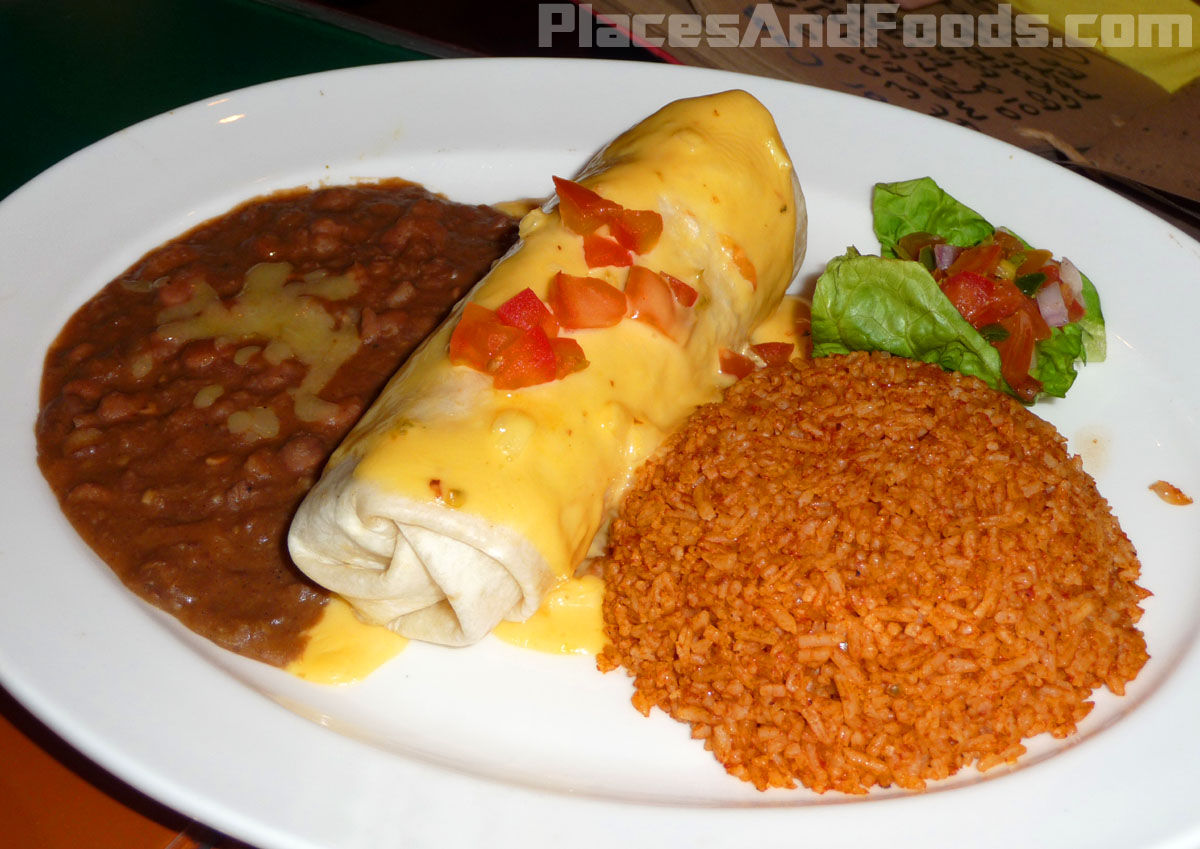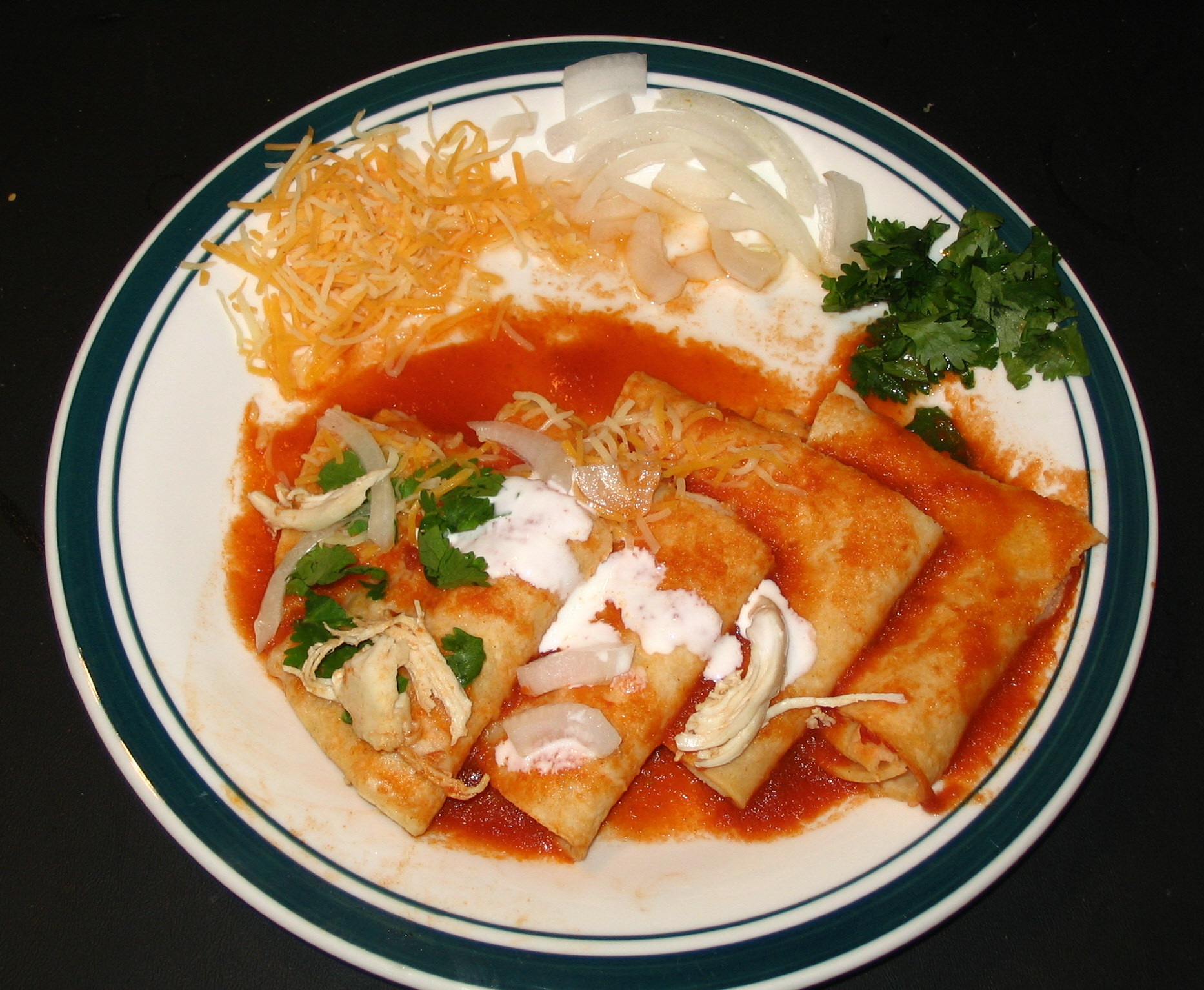MEXICO
Thursday, December 16, 2010
Religion
The Roman Catholic Church's role in Mexican history goes back to 1519. When Hernán Cortés, the Spanish conqueror of New Spain, landed on the coast of Mexico, he was accompanied by Roman Catholic clergy. All new Spanish territories were to be conquered in the name of the cross as well as the crown. Since those early days, the Roman Catholic Church has always been present, playing different roles, some of which have led to violent confrontations.Mexican Catholicism is extremely varied in practice. It ranges from those who support traditional folk religious practices, usually in isolated rural communities, to those who adhere to the highly intellectualized theology of liberation, and from charismatic renewal prayer groups to the conservative Opus Dei movement. Lay groups with different goals, purposes, and political orientations are well known and common in contemporary Mexico. The largest and best known include Mexican Catholic Action, Knights of Columbus, Christian Study Courses, Christian Family Movement, and a wide range of university students' and workers' organizations.The Virgin of Guadalupe has long been a symbol enshrining the major aspirations of Mexican society. According to Roman Catholic belief, in December 1531, the Virgin Mary appeared on three occasions to a Christian Indian woodcutter named Juan Diego on the hill of Tepeyac, six kilometers north of Mexico City's main plaza. She spoke to him in the Náhuatl language and identified herself by the name of Guadalupe. The Virgin commanded Juan Diego to seek out Bishop Juan de Zumárraga and to inform him of her desire to have a church built in her honor on that spot. After two unsuccessful visits to the bishop's house, Juan Diego returned to Tepeyac and was ordered by the Virgin to pick up some roses, carry them on his cloak, and attempt to make a third visit to the skeptical bishop. Once in the bishop's office, Juan Diego unfolded his cloak to present the roses, and an image of a mestizo Virgin had been miraculously imprinted upon it. Bishop Zumárraga acknowledged the miracle, and a shrine was built on the site of the appearances.Today, two neighboring basilicas of Our Lady of Guadalupe are at the foot of Tepeyac hill. The first basilica, which was dedicated in 1709 but now is closed to services, accommodated 2,000 worshipers; the new ultramodern basilica, inaugurated in October 1976, accommodates up to 20,000 people. Juan Diego's original cloak with the mestizo Virgin image imprinted on it hangs above the altar of the new basilica.
According to anthropologist Eric R. Wolf, the Guadalupe symbol links family, politics, and religion; the colonial past and the independent present; and the Indian and the Mexican. It reflects the salient social relationships of Mexican life and embodies the emotions they generate. It is, ultimately, a way of talking about Mexico. Wolf's views are shared by Harvey L. Johnson of the University of Houston. For him, worship of the brown-skinned Virgin has resulted in the reconciliation of two opposing worlds, in the fusion of two religions, two traditions, and cultures. Devotion to Our Lady of Guadalupe remains strong even as other aspects of Mexican society have changed. The UNAM national opinion poll found, for example, that nine out of ten Mexicans continued to ask intercessions from the Virgin or a saint.The Salinas administration's 1991 proposal to remove all constitutional restrictions on the Roman Catholic Church, recommendations approved by the legislature the following year, allowed for a more realistic church-state relationship. At the same time, however, tensions remained in the relationship, particularly in southern Mexico in general and in Chiapas in particular. Local government and PRI officials and ranchers accused the Bishop of San Cristóbal de las Casas of having supported the rebellion that began in Chiapas in 1994, a charge that the bishop denied. Federal soldiers repeatedly searched diocesan churches in their pursuit of the rebels. The government also expelled foreign clergy who were accused of inciting violence and land seizures. In addition, the Vatican accused the San Cristóbal prelate of theological and pastoral distortions and named a coadjutor (successor) bishop for the diocese in the mid-1990s. For their part, the rebels insisted that the bishop continue to serve as mediator in their negotiations with the federal government.
According to anthropologist Eric R. Wolf, the Guadalupe symbol links family, politics, and religion; the colonial past and the independent present; and the Indian and the Mexican. It reflects the salient social relationships of Mexican life and embodies the emotions they generate. It is, ultimately, a way of talking about Mexico. Wolf's views are shared by Harvey L. Johnson of the University of Houston. For him, worship of the brown-skinned Virgin has resulted in the reconciliation of two opposing worlds, in the fusion of two religions, two traditions, and cultures. Devotion to Our Lady of Guadalupe remains strong even as other aspects of Mexican society have changed. The UNAM national opinion poll found, for example, that nine out of ten Mexicans continued to ask intercessions from the Virgin or a saint.The Salinas administration's 1991 proposal to remove all constitutional restrictions on the Roman Catholic Church, recommendations approved by the legislature the following year, allowed for a more realistic church-state relationship. At the same time, however, tensions remained in the relationship, particularly in southern Mexico in general and in Chiapas in particular. Local government and PRI officials and ranchers accused the Bishop of San Cristóbal de las Casas of having supported the rebellion that began in Chiapas in 1994, a charge that the bishop denied. Federal soldiers repeatedly searched diocesan churches in their pursuit of the rebels. The government also expelled foreign clergy who were accused of inciting violence and land seizures. In addition, the Vatican accused the San Cristóbal prelate of theological and pastoral distortions and named a coadjutor (successor) bishop for the diocese in the mid-1990s. For their part, the rebels insisted that the bishop continue to serve as mediator in their negotiations with the federal government.

Globalization
Over the last several decades, migration to the United States has greatly affected the Mexican economy. Obviously the biggest change has been to Mexico’s labor supply. Between 1970 and 2004, the individuals born in Mexico residing in the United States increased from 1.7% to 8.6%. Emigration rates have been rising steadily over time and are highest for young adults. Between 1990 and 2004, 10.0% of males and 7.7% of females born in Mexico between 1965 and 1974 migrated to the United States, raising the share of this age cohort living in the U.S. to 17.5% for males and 12.6% for females. But this is no recent thing for Mexico. Mexico started to experienced globalization way before people even started to think about globalization. . Globalization deepened during the 1980s, when the secondary exports model replaced Mexico’s import models. Nowadays, there is no doubt that the Mexican economy is fully oriented towards exports, which account for one-third of its GDP. At the same time, the transition from one model to the other had major consequences. The average labor earnings decreased by 10 percent for "low exposure" states, which are located mainly in the south, relative to high exposure states mostly in the north. In addition, during the 1990s, the low exposure areas saw a comparative increase in workers who could not earn enough to keep their families out of poverty. But this shows that during Mexico's globalization decade individuals born in states with high-exposure to globalization have done relatively well in terms of their labor earnings.

Wednesday, December 15, 2010
Food
It is said that the ancient Aztec ruler Montezuma loved to consume a drink that was made of chocolate and vanilla. Both Chocolate and vanilla are native to Mexico and to this day are still consumed. The common food source to most of Mexico is a combination of rice and beans.  This simple yet healthy combo is a very necessary part of Mexican habitats . Most of the people there rely on mostly grown veggies the do not require going to the market for. During the invasion of the Spanish they brought over many types of food not common to the native Aztec empire. Foods such as cattle,pigs, chickens as well as parsley,cinnamon, and black pepper. The Spaniards also introduced fruits and vegetables such as oranges, grapes, apples, lettuce,carrots, potatoes, etc. Allot of these actually came from Peru.
This simple yet healthy combo is a very necessary part of Mexican habitats . Most of the people there rely on mostly grown veggies the do not require going to the market for. During the invasion of the Spanish they brought over many types of food not common to the native Aztec empire. Foods such as cattle,pigs, chickens as well as parsley,cinnamon, and black pepper. The Spaniards also introduced fruits and vegetables such as oranges, grapes, apples, lettuce,carrots, potatoes, etc. Allot of these actually came from Peru.
 Other famous Mexican dishes are quesadillas, chilles rellenos, and mole. Most Mexican dished are a combo of native indigenous food and foreign Spanish ingredients. To be completely honest it is weather one can afford these authentic dishes or only rely on basic fundamentals of rice, beans and corn tortillas. Perhaps a Chile pepper or two to create a better taste.
Other famous Mexican dishes are quesadillas, chilles rellenos, and mole. Most Mexican dished are a combo of native indigenous food and foreign Spanish ingredients. To be completely honest it is weather one can afford these authentic dishes or only rely on basic fundamentals of rice, beans and corn tortillas. Perhaps a Chile pepper or two to create a better taste.
 This simple yet healthy combo is a very necessary part of Mexican habitats . Most of the people there rely on mostly grown veggies the do not require going to the market for. During the invasion of the Spanish they brought over many types of food not common to the native Aztec empire. Foods such as cattle,pigs, chickens as well as parsley,cinnamon, and black pepper. The Spaniards also introduced fruits and vegetables such as oranges, grapes, apples, lettuce,carrots, potatoes, etc. Allot of these actually came from Peru.
This simple yet healthy combo is a very necessary part of Mexican habitats . Most of the people there rely on mostly grown veggies the do not require going to the market for. During the invasion of the Spanish they brought over many types of food not common to the native Aztec empire. Foods such as cattle,pigs, chickens as well as parsley,cinnamon, and black pepper. The Spaniards also introduced fruits and vegetables such as oranges, grapes, apples, lettuce,carrots, potatoes, etc. Allot of these actually came from Peru. Other famous Mexican dishes are quesadillas, chilles rellenos, and mole. Most Mexican dished are a combo of native indigenous food and foreign Spanish ingredients. To be completely honest it is weather one can afford these authentic dishes or only rely on basic fundamentals of rice, beans and corn tortillas. Perhaps a Chile pepper or two to create a better taste.
Other famous Mexican dishes are quesadillas, chilles rellenos, and mole. Most Mexican dished are a combo of native indigenous food and foreign Spanish ingredients. To be completely honest it is weather one can afford these authentic dishes or only rely on basic fundamentals of rice, beans and corn tortillas. Perhaps a Chile pepper or two to create a better taste.
Language
The nation of Mexico is a very divers place when it comes to its language. The main and primary language is Spanish. Even though Spanish is the main language it is not recognized by the Mexican government as the legitimate national language. In fact many people are not aware the there are 63 languages running through the nation of Mexico. In 2003 the Mexican congress decided to recognize the indigenous language ans well as other national languages. Congress said it to be valued and excepted equally as Spanish. This is great news knowing that the indigenous language is dieing out.
the most spoken language besides Spanish is the language known as Nahuatle. About 1.5 million Mexican citizens speak this language. Not to many people are able to speak the original language known as classical Nahuatle.
The third most spoken language in Mexico is Yucatec Maya. This language goes back to before the times of the Aztec empire who spoke Nuhatle. This ancient language is commonly herd through the Mexican Yucatan, Campeche, and Qiuntana Roo. This is one of three Mayan languages. This one is unique in that the use of tone is applied to distinguish nouns and vowels
These are just two examples of Mexico's Divers languages and history. Many more are also commonly used all over Mexico; however recently there has been a decrease in the amount of people that are still practising the ancient languages.
the most spoken language besides Spanish is the language known as Nahuatle. About 1.5 million Mexican citizens speak this language. Not to many people are able to speak the original language known as classical Nahuatle.

The third most spoken language in Mexico is Yucatec Maya. This language goes back to before the times of the Aztec empire who spoke Nuhatle. This ancient language is commonly herd through the Mexican Yucatan, Campeche, and Qiuntana Roo. This is one of three Mayan languages. This one is unique in that the use of tone is applied to distinguish nouns and vowels
These are just two examples of Mexico's Divers languages and history. Many more are also commonly used all over Mexico; however recently there has been a decrease in the amount of people that are still practising the ancient languages.

Geography
The republic of Mexico with it's 31 states take about 780,000 square miles. Mexico is within the top ten when it comes to the worlds largest nation. It ranks eight in the world. The nation is located south of the US, northwest of Guatemala, and west of Belize. Mexico is unique with its landmass tilted south towards the equator. To the east and west of Mexico lie the Pacific ocean and the Gulf of Mexico as well as the sea of Cortez.
Most of Northern Mexico is divided into two deserts. The Chihuahuan desert is the largest of the two and covers about 176,700 sq. miles. The other is called the Sonoran desert. Both as a whole is located in the northwestern part of the nation as well as the peninsula.
Central and northern Mexico are divided between coastal ranges on the east and west as well as mountain ranges located to the north south. Within the mountain ranges are the high central plateaus. They are known as the Altiplano Central. It is divided still by both northern and central sections. Both are filled with hills an valleys that vary in elevation.
To the south of Mexico are the more rain forest like atmosphere. This is where the heavy rain is expected yo be the land of the active and inactive volcanoes.
The climate in Mexico is a very divers one that depending on where you are could be very nice and pleasant or dread full. In the north west of Mexico is probably the driest of all. It gets very hot during the summer, yet cold northern winds bring in the cold breeze during the winter. the more one travels inland the colder and drier it gets. The wet and humid seasons fall between the months of June and September.
Most of Northern Mexico is divided into two deserts. The Chihuahuan desert is the largest of the two and covers about 176,700 sq. miles. The other is called the Sonoran desert. Both as a whole is located in the northwestern part of the nation as well as the peninsula.
Central and northern Mexico are divided between coastal ranges on the east and west as well as mountain ranges located to the north south. Within the mountain ranges are the high central plateaus. They are known as the Altiplano Central. It is divided still by both northern and central sections. Both are filled with hills an valleys that vary in elevation.
To the south of Mexico are the more rain forest like atmosphere. This is where the heavy rain is expected yo be the land of the active and inactive volcanoes.
The climate in Mexico is a very divers one that depending on where you are could be very nice and pleasant or dread full. In the north west of Mexico is probably the driest of all. It gets very hot during the summer, yet cold northern winds bring in the cold breeze during the winter. the more one travels inland the colder and drier it gets. The wet and humid seasons fall between the months of June and September.
Subscribe to:
Posts (Atom)